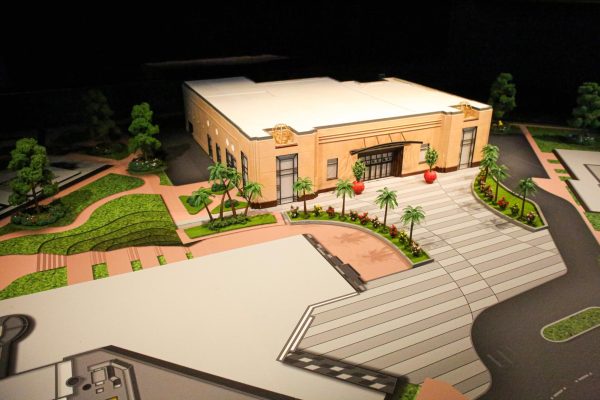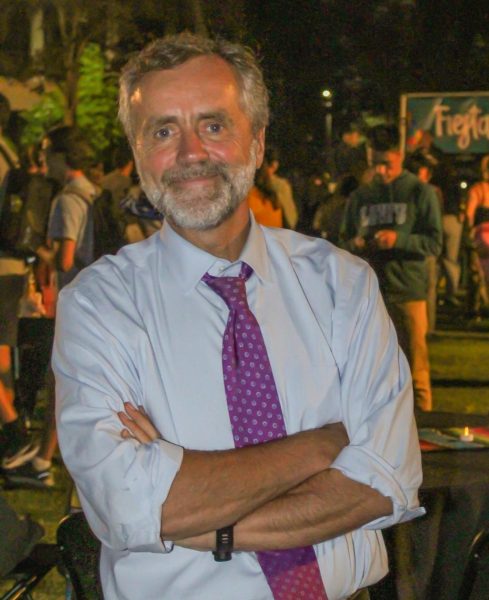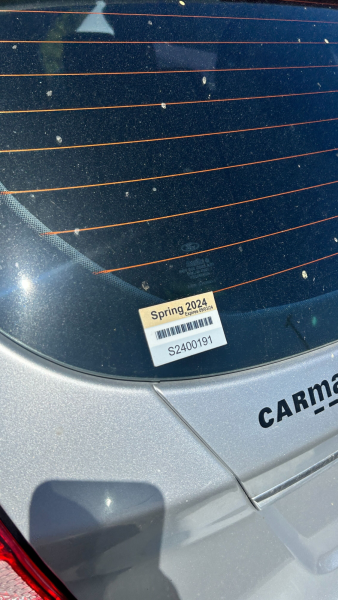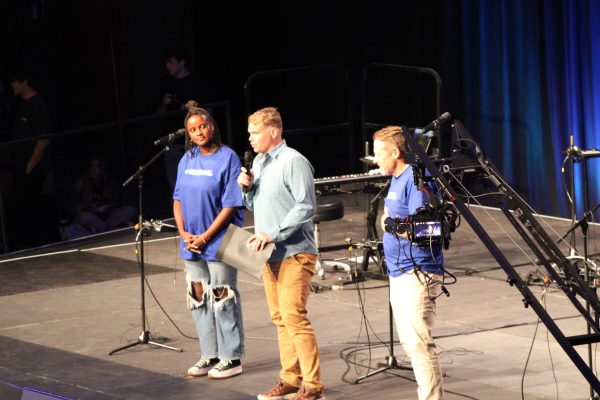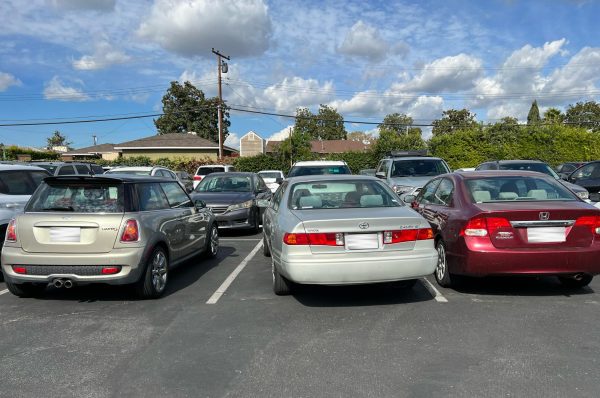The truth about chapel overcrowding
On Friday morning, I got to the gym five minutes early and braced myself for a claustrophobic’s nightmare: a teeming mass of tired, cramped, sweaty, fire-code-violating mosh pit of “Biola community” I keep hearing about. Attendance typically peaks at the beginning of the semester and dwindles to a more manageable level. The highest attendance this year was 2,096, which is far from the legal limit of 3,200.
September 24, 2008
Written by Rachelle Klemme
On Friday morning, I got to the gym five minutes early and braced myself for a claustrophobic’s nightmare: a teeming mass of tired, cramped, sweaty, fire-code-violating mosh pit of “Biola community” I keep hearing about.
Attendance typically peaks at the beginning of the semester and dwindles to a more manageable level. The highest attendance this year was 2,096, which is far from the legal limit of 3,200.
Yet before anyone thinks crowd safety concerns are overrated, think again. With Biola’s plans to increase enrollment, chapel crowding could turn into a long-term issue which extends past the first couple weeks of classes and becomes more serious in the near future. It presents a problem, not just of discomfort, but of safety in case of emergency.
The legal limit is simply the maximum that [the fire department feels] can exit safely from the gym, given the width of all the exit doors, said Ken Bascom, senior director of facilities planning and construction. “The fire department’s maximum should not be viewed as a practical capacity.” The real-world chapel capacity is “something in the neighborhood of 2,400.”
This is especially problematic for the Torrey Memorial Bible Conference, now that there are 3,764 undergraduates, which is way over even the legal limit. In past years, there were always enough people who went home over the long weekend so the rest of us could find seats. The new conference rules, which mandate four physical presences, create a problem. Bascom says one or two overflow venues will be used. A video feed is also being discussed for the regular gym chapels, along with air conditioning. Though reinstating the 10:30 a.m. chapel is not on the table, it isn’t completely out of the question, now that it’s the vice president’s responsibility.
What underlies the discussion of chapel crowding are the new rules for required attendance. Plain and simple, Biola should not establish new policies if it does not have the resources to sensibly accommodate them. Those of us who are claustrophobic can attend Singspo, Talbot, Reconciliation, After Dark, and other alternate chapels that do not have crowding problems. But there is no getting around the conference without a probation. When “Biola community” comes to mean video feeds in separate venues, the new rules defeat their own purpose.
Even if crowding itself is not a problem, resentment is. I have overheard conversations that the feeling of students who obviously do not want to be at chapel, detracts from the worship experience of those who do. Some may decry “bad attitudes” or make even more rules, but it only creates problems for those who have good reasons for missing out.
The nature of worship is that it cannot be forced. Community is damaged, not unified, when chapel attendance policies become a requirement to sit on a bleacher rather than a free opportunity for growth. Even if we assume that community spiritual development is a matter of enforcement, then for practical reasons, the rules should align with the existing facilities. Chapels and conferences were well attended before the new requirements. These requirements should be revoked and not brought up to the table again until the convocation center is built.


